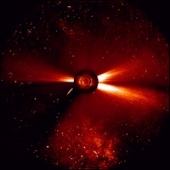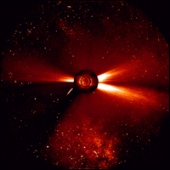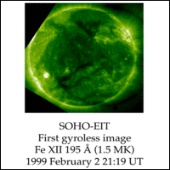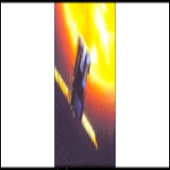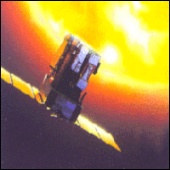ESA Science & Technology - News Archive
News archive
News archive
Published: 9 November 1999
Published: 4 November 1999
Published: 4 November 1999
Published: 5 October 1999
Published: 28 September 1999
Published: 4 August 1999
Published: 8 July 1999
Published: 22 June 1999
Published: 7 June 1999
Published: 4 June 1999
Published: 17 May 1999
Published: 3 February 1999
Published: 2 February 1999
Published: 25 January 1999
Published: 21 December 1998
Published: 6 December 1998
Published: 3 November 1998
Published: 15 October 1998
Published: 17 September 1998
Published: 4 September 1998
—
20 Items per Page


